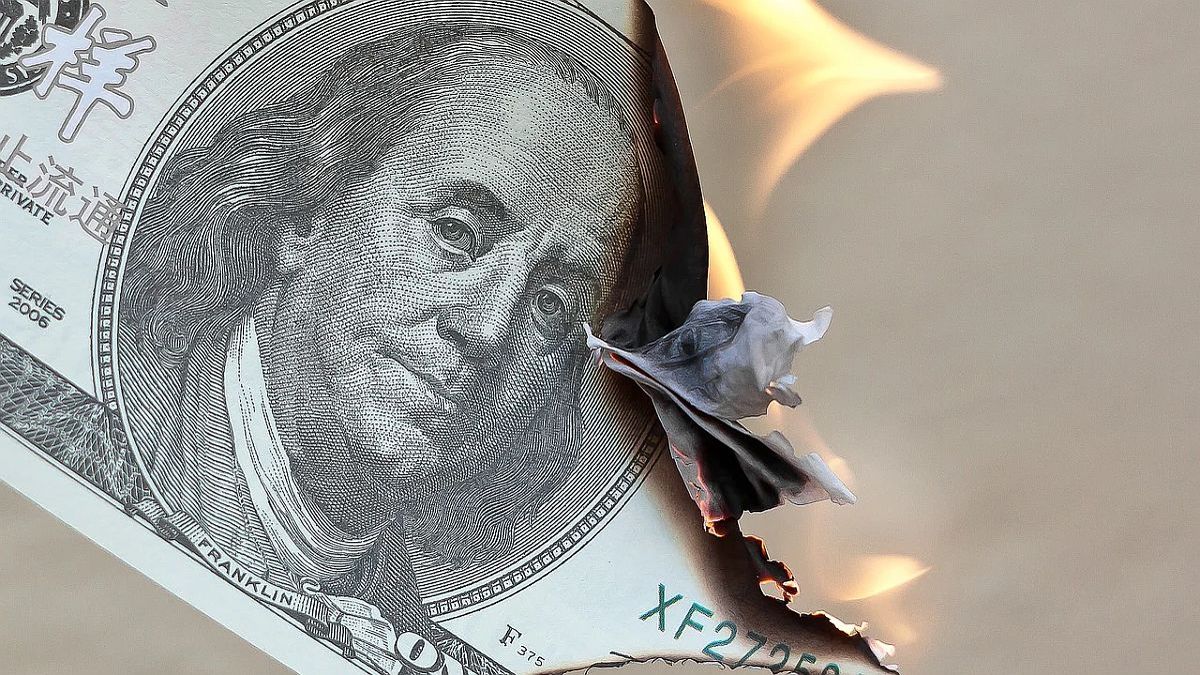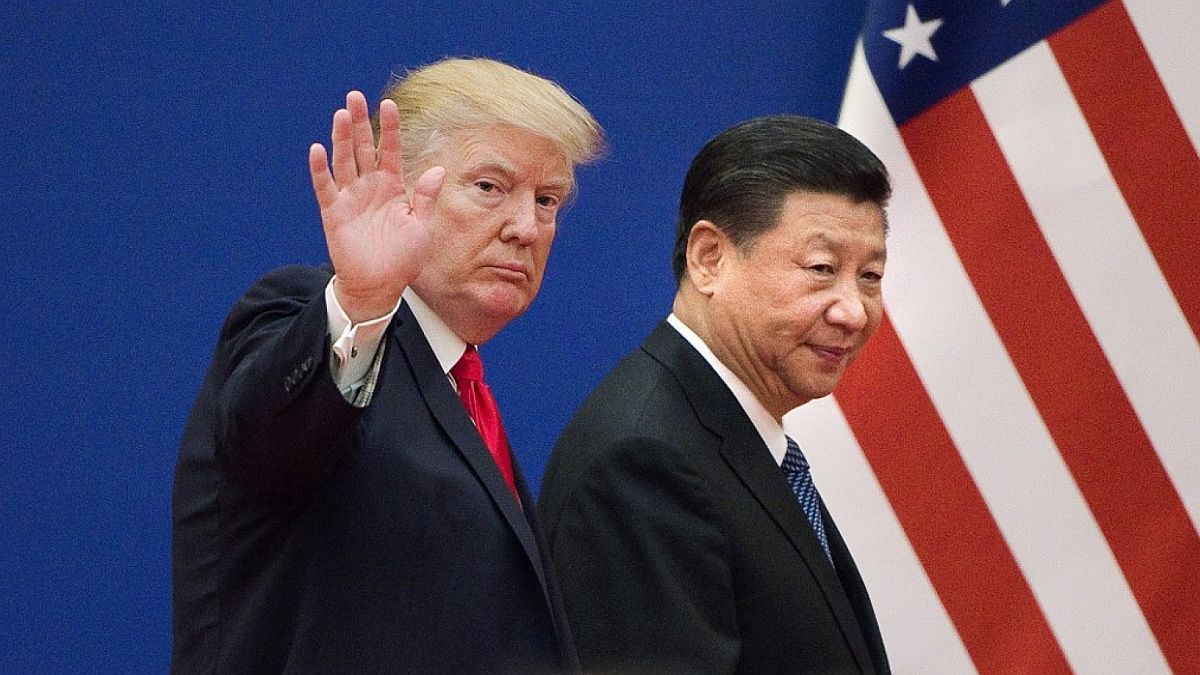It would be nice to know what has been the evolution of the M3 -scheme that broadly summarizes the money supply-, an elementary slip that complicates the revision of the total liquidity that is going through the entire economy, and even more importantly, when we know that the Monetary policy has contributed to avoiding the risks of a slowdown in the economy by injecting money.
That is to say, the Fed knows how to move all the dancing saucers at the same time, and then it also knows how to draw them in a sober way. We have often seen the different bubbles that have been sustained in the last 14 years, reducing some and creating new ones.
Jacques Rueff said: “Be liberal or be socialist, but don’t be liars”, the same economist discovered the root of the problem, that is to say the lack of backing in gold, and that already then determined clear excesses of emission. Later Nixon would declare inconvertibility in 1971. On October 20, 1967, Rueff, chief economic adviser to General De Gaulle, President of France, stated: The US has exhausted its ability to pay its creditors in gold. It’s like telling a bald man to comb his hair. There is nothing left there. France and Great Britain, led by De Gaulle, publicly demanded the repatriation of the gold (The New York Times, 10-21-67, quoted by Peter L. Bernstein, The power of gold, p. 331/333).
The future outcome of a devaluation of the dollar may come, and not only because of abundant liquidity, but also because of the exuberant public and private debt and the huge twin deficits of the US.
The trade balance is balanced by a depreciation of the currency or a contraction of the economy that depresses import levels, but everything suggests that, at some point, the first option will arrive. Although the US is not affected by a weaker currency internally and at the same time, their politicians cannot even think of sharply slowing down consumption. That is what capitalism consists of, although paradoxically some Argentine economists propose slowing down consumption and a more capitalist economy, at the same time. In the eventual scenario of a devaluation, interest rates can shoot up even more (although the Fed increased the reference rate 5 times in the year). In that case, if rates continue to rise, the NYSE and NASDAQ bubbles may detonate.
If the rise in the rate continues, the indebted and wasteful American citizen will see his volume of financed spending reduced by default rather than by virtue of savings. In that case, the economy would enter a recession in the US, and imports would fall, reducing the current account deficit, with the consequent contractionary effect worldwide, since the US explains more than 40% of that growth rate. directly and indirectly.
This situation could excite Trump protectionism again, even where it is not energetic today. The prospects of an outcome are contained while the war and the pandemic persist. This is the scenario of low world growth and its macroeconomic imbalances, added to the enormous restriction presented by the fact that all countries have most of their savings in dollars.
STAGFLATION
“Stagflation”, is an anglicism, and in its original language, the word combines stagnation-stagnation- and -inflation-inflation-. Inflation with stagnation, this is what the markets are starting to sense, and they can suddenly show it with their understandable and proverbial anxiety.
The application of more restrictive monetary policies by the main central banks of the world guides operators in that direction. The abandonment of flexibility represents a risk, although the impact has been attenuated and has not yet strongly affected the global growth rate. It is very clear that the world’s largest central banks are shifting their actions from ductility to rigidity. Fiscal policies will also look more cautious in the central countries. There is a progressive concern to place under control the fiscal imbalances that challenge the intertemporal fiscal solvency of the State, in the long term.
The GDP growth rate in the US would have slowed down in the third quarter of the year. The Federal Reserve (Fed) intuits a growth below the growth rate of the potential GDP. The moderate growth is attributed to the late effect of the 5 increases in the reference rate of the federal funds in one year; and the reduction of consumer spending.
The slowdown is already evident in certain sectoral indicators. However, the majority of the members of the Fed, believe that everything is within the foreseen in the expectations-they say that the evolution is developing in a gradual and orderly way. Nor can a strong reversal be excluded, in a growth market with anabolic fundamentals (extremely low interest rates for 14 years). Many years with extravagantly low rates. It is significant that the Fed is giving more importance to inflation than to growth, since before-as was said-it had not done so, but 43 years ago. In all its statements, the Fed confessed that the inflationary issue is an issue of enormous importance, and if it continues, it would generate a significant inconsistency with the maintenance of growth, a task that, together with inflation, it must monitor and operate efficiently by power and obligation.
In this context, American financial ingenuity knows no bounds..
This twilight is allowing the deployment of a phenomenal capacity to develop financial engineering. The attempt is to postpone the imminent family strangulation and its consequent derivations. We are witnessing the emergence of new banking initiatives that will delight all “compulsive consumers”. New lines of credit germinate and there are even businesses in NYC that sell a $20 blouse in 4 payments without interest.
FROM LEHMAN BROTHERS TO THE WAR IN EUROPE
Since 2008, the central countries decided to use expansive monetary and fiscal policies, in order to face the recession of the tragic semester (4Q08/1Q09). The ensuing enormous liquidity gave rise to a collapse of interest rates and consequently to a growing increase in the value of assets. So much so that the value of destroyed real estate recovered, and as liquid assets in the markets boosted the value of bonds and shares, the party continued its course. The expansive policies promoted important results as of the second half of 2009, noting a significant increase in the world growth rate, both in GDP and in trade. The latter, in addition, boosted the rate of expansion of world GDP. The influence of such impetus was deriving or propagating huge increases in world demand until COVID-19. But the 2022 war, detonated the prices of energy, freight, basic supplies and food raw materials.
Having achieved the goal of “save the banks” and reactivate the world economy for 14 years, the main Central Banks undertake the plan to increase interest rates.
For the monetary approach, the need to return to higher interest rates is proven by the size of the bubble. The reality is that there are deeper causes for raising the interest rate and it is called: “the formidable twin US deficits”. With this description, the expectations of the markets became more moderate, that is to say, lower world growth is expected with more inflation (stagflation) due to the fact that money will be more expensive, in the midst of countless international conflicts, some already installed and others are coming. Argentina is worse than ever to face turbulence from international markets and more financing needs. Remember with nostalgia the day that Dujovne spoke of the “blessing” left by Kirchnerism: “A very low level of debt, both at the government level and at the level of companies, such as the level of families” (Profile, June 2016)
The current government took care to keep Argentina away from the pro-default combinations that the Macri government left sown. The restructuring of the public debt that Macri did not do will mean that the country will not be a destination for remaining money flows for many years.
Still, as in any textbook, in a “global catastrophe scenario,” the Fed can suspend rate hikes or restart a cycle of decline. It is curious that so recently the markets were concerned about the aggressive tone of the statements of Fed officials that strengthened the idea of more monetary policy to combat inflationary expectations. When the real GDP and the inflation rate exceed their objective, the nominal interest rate is increased to generate a rise in the real interest rate and thus reduce aggregate demand to balance it with potential supply (Taylor rule). The other is “inflation targeting”. If the expected or actual inflation is higher than the inflation target, the interest rate rises.
The truth is that money affects macroeconomic variables: GDP, inflation and employment, therefore, the monetary policies of central banks have even more power than that which interventionism or directism grants to a government. The process is not the result of a change in fashions, but the conjunction of empirical evidence and economic theory. Today, the Argentina of Macri’s mutability, since 2017 (fiscal and external record) and the increase in financing needs, even with restructured debt and the IMF under control, is an unmanageable reality.
The worst thing is that today we face determining challenges, which no longer focus only on the macroeconomy, but also on the microeconomy, income distribution, and inequality; with its consequences of poverty and indigence.
Professor of Postgraduate UBA and Masters in private universities. Master in International Economic Policy, Doctor in Political Science, author of 6 books. @PabloTigani
Source: Ambito




